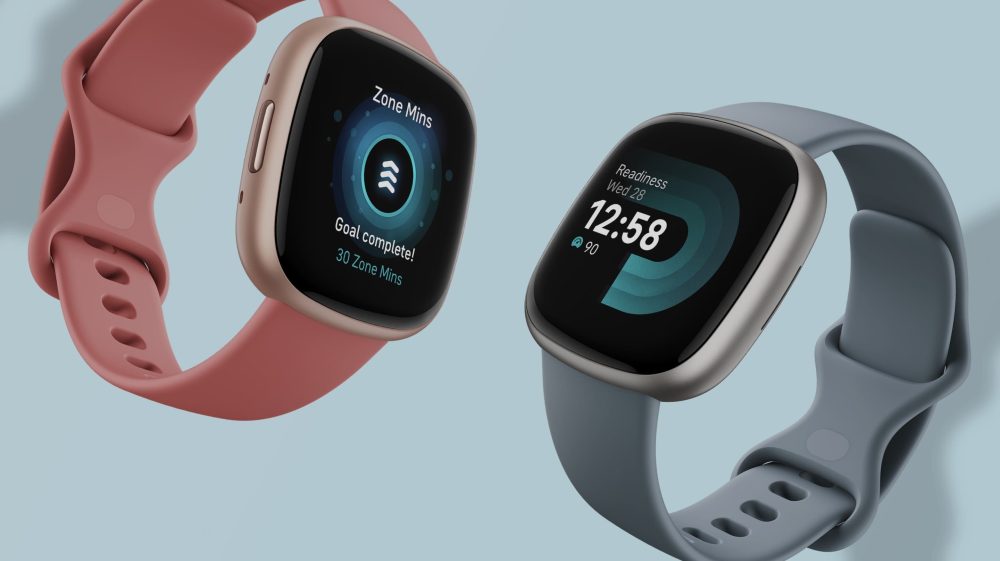
Google’s acquisition of Fitbit at one point felt like a death knell for the brand’s smartwatches, but nearly two years after that deal was closed, Fitbit is announcing its first smartwatches under Google. The Fitbit Versa 4 and Fitbit Sense 2 are here.
Fitbit Sense 2 and Fitbit Versa 4 are, in large part, very similar to their predecessors. They still run Fitbit’s OS, and still offer multi-day battery life and a heavy focus on fitness tracking. Both share the same squircle design and software, and really only differ with the sensors they employ.
The Fitbit Versa 4 is a basic health tracker, offering features like step tracking, heart rate monitoring, sleep tracking, SpO2 details, support for tracking workouts, and more.
Meanwhile, the Fitbit Sense 2 adds to the package with support for ECG. The Sense 2 also features a new “Body Response” sensor which measures electrodermal activity (cEDA) continuously for all-day stress management and tracking.
The change most people will notice on a hardware side is that Fitbit has ditched the solid-state buttons from the Sense and Versa 3 for physical, mechanical buttons that you click. The button is also placed higher on the design to make it easier to reach. Fitbit also says that Sense 2 is 10% thinner and 15% lighter compared to the prior generation, despite offering the same sensors and battery life.

Bigger changes on the Fitbit Sense 2 and Fitbit Versa 4 come through the software, where Google’s presence is certainly being felt.
There’s also now support for Google Wallet – or at least, it’s coming “soon.”
Fitbit smartwatches have supported NFC mobile payments for a few years now, but this latest generation moves beyond “Fitbit Pay” to the same mobile wallet that Google uses on Android smartphones and Wear OS smartwatches. Fitbit Pay, at least for now, remains in place on the Fitbit Charge 5 and other older trackers and smartwatches. Fitbit hasn’t laid out plans to bring Google Wallet to the Sense or Versa 3.

Beyond Wallet, Google’s influence is also being felt in Fitbit’s UI. As mentioned, these smartwatches do not run Wear OS, but rather Fitbit’s own platform. But this year the interface has been partially redesigned to be a bit more similar to Wear OS, including a version of the “Tiles” that Wear OS debuted a few years ago. Essentially, it acts as customizable widgets to the side of the clock face. Unfortunately, this is limited only to first-party apps, meaning mainly fitness information, for the time being.
The app drawer, seen below, also now looks a lot like the one from Wear OS 3.
Google Maps is also coming to these smartwatches with support for turn-by-turn navigation, but there’s no date on that app’s arrival.
Oddly, there’s no mention of Google Assistant support, despite it having been in place on the prior generation.
Fitbit is working on a proper Wear OS smartwatch, but these products will offer something that one will not – longer battery life.
Like the Fitbit Sense and Versa 3, this new generation is quoted to hit battery life totals of around 5-6 days, depending on usage. Charging should also be faster this year, with Fitbit claiming one day of power from just 12 minutes of charging.
The while the . Both smartwatches ship with six months of Fitbit Premium for free.
Author: Ben Schoon
Source: 9TO5Google



